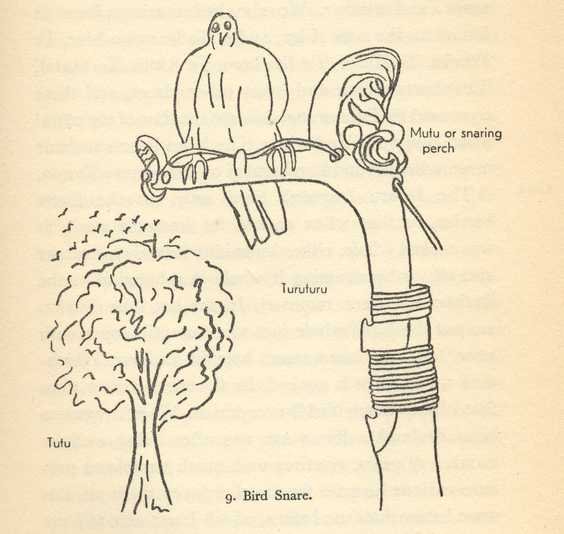In Olmec times (ca 1500 - 400 B.C.) the Orion constellation with the neighbouring Milky Way rose heliacally closer to spring equinox than to summer solstice, and the 'monster' was evidently a horizontal figure imagined more like a serpent than a tree:  The 3 belt stars of Orion are oriented in about the same way as the Milky Way and possibly the oval rectangular outline of what I suggest is the Olmec version of Orion above has the central 'chief' carrying the serpent where his belt is. Equinox is in the middle. The precessional cycle is ca 26,000 years and a quarter is ca 6,500 years. In rongorongo times Rigel, the first star in Orion, rose in RA day 78. From 1000 B.C. to 1970 A.D. precession would have moved Rigel ahead with ca 2970 / 26000 * 365 = 42 days, which means Rigel in Olmec times would have risen in RA day 78 - 42 = 36, or in April 26. The earliest Olmec date according to Wikipedia would put Rigel a further 500 / 26000 * 365 = 7 days closer to March 20. And Rigel would have been in April 17 (Gregorian day 107) around 1500 B.C. - 2 * 71 = 1650 B.C. If Metoro is right, then there is a glyph type which we can name rakau:
At left in Ca4-18 there is a variant of rakau. And we can see a rakau 'stem' in hua poporo. Indeed, when I once was classifying all the rongorongo glyphs I put the rakau glyphs in the same 'box' as that which I had labelled hua poporo. The rakau glyphs could indicate the Milky Way 'tree' in June when it ought to be in flower, and the hua poporo glyphs could refer to the same 'tree' when in fruit. Furthermore, the Olmec picture suggests the 4 'berries' of hua poporo could refer to the 4 corners in the Orion rectangular outline. For some reason Metoro said te kihikihi (dawn?) instead of hua poporo at Ca1-19, and possibly it was to indicate the distance to Ca4-2:
When counting nights the first unit cannot be counted until it has reached to its end. Time flows and not until the first 'cup' (È) is full can we say '1'. Therefore I have above indicated 59 (= 2 * 29½) as the length beyond Ca1-19 up to and including Ca4-2. When Maui went fishing he struck his nose to make it bleed: ... Boastful Maui behaved as if it were a very ordinary sort of fish-hook, and flashed it carelessly. Then he asked his brothers for some bait. But they were sulking, and had no wish to help him. They said he could not have any of their bait. So Maui atamai doubled his fist and struck his nose a blow, and smeared the hook with blood, and threw it overboard. Rigel was regarded as a flower lure for catching birds - quite similar to a bait for catching fishes - and presumably the flower's colour was regarded as red (like blood).
... Orion was imagined as a bird snare by the Maori, a place where the 'bird' got stuck and couldn't move away: Pewa-o-Tautoru, Bird-snare-of-Tautoru; the constellation Orion in New Zealand. The Belt and Sword form the perch, te mutu or te teke, while Rigel is the blossom cluster, Puanga, used to entice the unsuspecting bird. To visualize the bird-snare we must remember that Orion, as we see it in the northern hemisphere, is upside down to the view obtained from New Zealand where Orion stands in the northern sky. But Orion is below the celestial equator and therefore it should rather be a fish-trap than a bird-snare. And the colour of Rigel is 'bluish white' (not red) according to Allen. | ||||||||||||||||||||||||||||||||||||||||||||||||||||||||||||||||||||||||||||||








